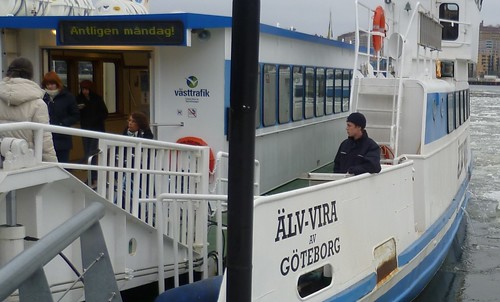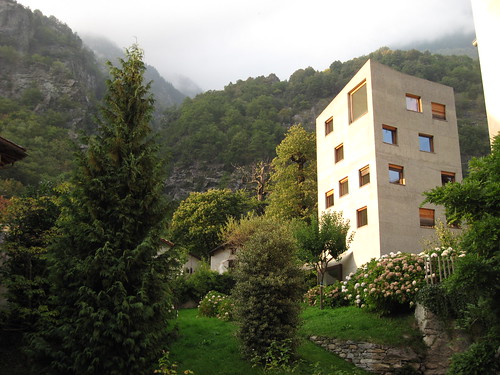Right after my holidays, I had a few hours to unpack and repack and make my way to Göteborg, as a visiting scholar at the IT University in Göteborg with Jan Ljungberg. I last visited them in 2003, so it has been a while.
One thing I will never understand is luggage transport and customer service with airlines. I understand that things are made more complicated by the interaction of multiple organizations, but are airlines not supposed to be good at processes and customer service?
This time, they did not even board my luggage in Zurich, my starting destination. So obviously, it also did not make its way to Copehnhagen, or Göteborg. So I am now left without any luggage… again. On average, 3.6 Passengers out of 1,000 reported lost luggage in Dec/Jan 2011 [USFlightStats], unfortunately, I seem to always be one out of them.
Otherwise, I am still in the process of getting set up and going again. I will be enjoying this stay, but I hope it is also going to be a productive time.




 I move into a new building. Or rather not :-). In the very unlikely case I would still be working at ETH/MTEC in the autumn of 2013 (optimistic planning), we’ll get a brand new department building. ETH Life has a German
I move into a new building. Or rather not :-). In the very unlikely case I would still be working at ETH/MTEC in the autumn of 2013 (optimistic planning), we’ll get a brand new department building. ETH Life has a German